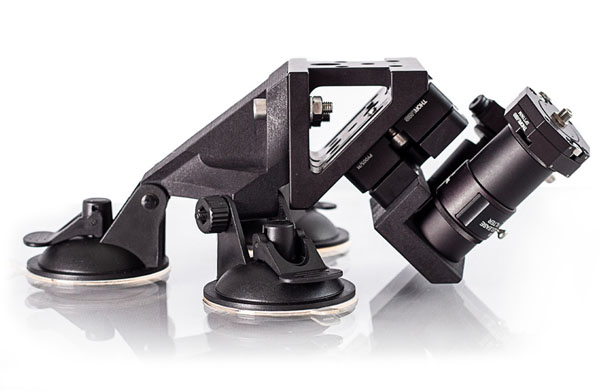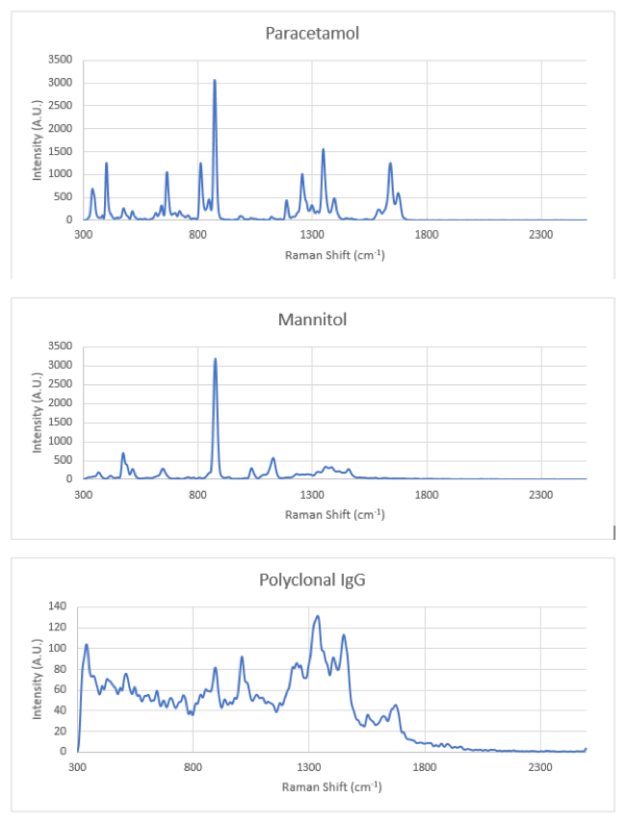Suction Cup Raman Probe
Suction Cup Raman Probe
IS-Instruments has developed a Suction Cup Raman probe to measure samples through glass, acrylic, and other optical mediums that would typically obscure spectroscopic measurements.
Using a biaxial design, this probe was designed to be retrofitted to freeze-dryers to monitor freeze-drying runs through thick acrylic or glass, which traditional Czerny-Turner-based spectrometers often struggle to do.
These probes have a 100 mm focal length and integrate with the ISI range of HES spectrometers, which offer a 100-fold increase in throughput over conventional systems.
Product Specifications

Suction Cup Raman Probe
Using Principal Component Analysis (PCA) with our Raman measurements has shown that it is possible to identify the different stages of freeze-drying, particularly the transitions of mannitol into its various polymorphs.
This allows the user to monitor the freeze-drying process in real time by monitoring the exact crystal structure of the sample.
Raman spectra of paracetamol, mannitol, and IgG are shown. All Raman spectra were captured through a 25 mm acrylic window and a glass vial (see below).

Features & Benefits:
- Could reduce development cycles and increase production efficiencies of pharmaceuticals and therapeutic agents, resulting in anticipated CO2 savings of around 700 tonnes per newly developed product. This is the equivalent of saving 300 tonnes of CO2 emissions per year per freeze-dryer.
- Shortened drug development times through increased reliability of data in clinical trials.
- Enables more sustainable pharmaceutical product supply chains, key to treatment/prevention of multiple diseases, and builds capacity to respond quickly to unexpected demand (such as in COVID-19).
| Feature | Detail |
|---|---|
| Raman operating λ | 785 nm |
| Configuration | Biaxial |
| Standoff distance (from 100mm diameter window) | ~ 1000 mm |
| Laser fibre connection | FC/PC |
| Spectrometer fibre connection | SMA |
| Dimensions | L: 270 mm W: 200 mm H: 100 mm |
| Mass | 0.94 kg |
Applications include:
- Monitoring the lyophilisation of pharmaceuticals and therapeutic agents
- Measuring chemicals inside fume cupboards
- Mounting to glovebox windows used in the nuclear industry

